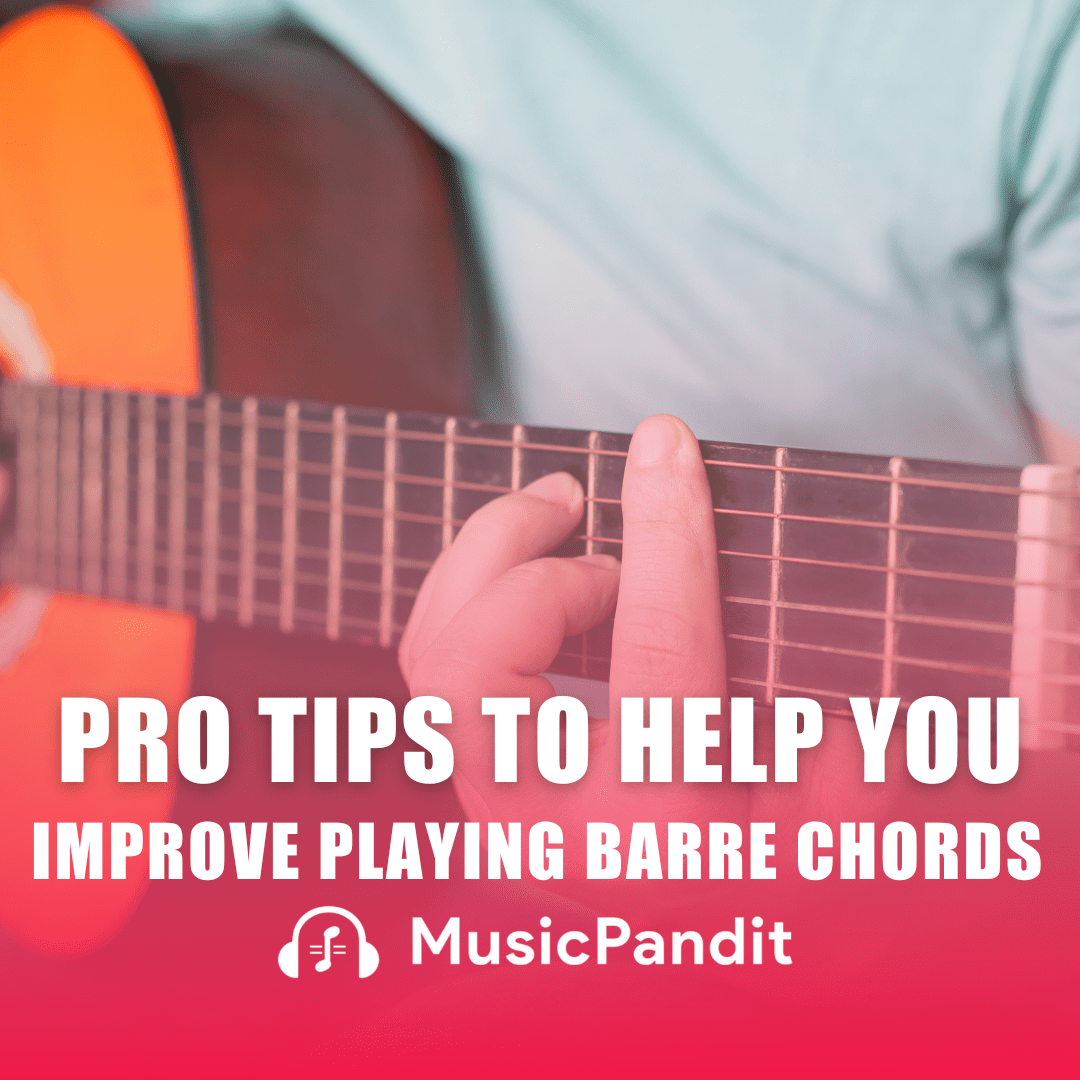Playing the piano entails a lot more than merely plucking notes from the keyboard. While there is less material on excellent posture for pianists than there is for drummers or guitarists, proper or correct posture is just as important for all pianists.
A healthy posture allows a player to train or perform for extended periods of time without developing pains or injuries.
How to Maintain the Correct Posture While Playing the Piano
Following these piano posture guidelines can help you improve your posture:
Stay Centered
If your head isn’t aligned with the rest of your body, your back and shoulders are carrying a lot of weight! Gently place your fingers into each ear and nod your head up and down as if you were saying “yes” to identify your head’s center balancing point. This will assist you in determining your head’s center point. Your shoulders should be above your hips and your center point should be in line with them.
Place Your Elbows at a Good Distance from the Body
Your elbows should be about the level of the keyboard, and your forearms should be virtually parallel to the ground. Your elbows should not touch your ribs, nor should they be stretched outwards like the wings of a bird fluttering. Your shoulders will be put under more pressure if your elbows are rotated in an unusual way. Imagine your forearms resting on armrests as you place your hands on the keyboard.
Place Your Feet Flat on the Ground
Your feet should be flat on the floor or elevated on a raised platform (such as a stool), not dangling in the air. If you must use the pedals, keep your heel on the floor while stepping on the pedals with the ball of your feet. As you play, this guarantees that your entire body is stable and balanced.
Keep Your Fingers Curved
It may be more appealing to play music with your fingers flat on the piano, but in order to perform correctly, it is important to have them curled. The way you place your fingers has a big impact on how music is played. Musical notes are easier to manage with curved fingertips. Even quick parts of music will be easy to play with bent fingertips. You may find it tough at first, but you will quickly master this piano playing technique.
Place Your Seating Area Strategically
Rather than bouncing and sliding about the piano bench, this may cause an inadvertent force to be applied to the keys. While playing parts that are very high or low, simply turn your body and lengthen your arms. Before you begin practising, read each item. Examine whether there are a lot of high or low notes that need you to play at the piano’s extremes. If this is the case, you should adjust your piano bench accordingly.
Breathe
Holding your breath, especially when playing rapid, advanced pieces, can make it difficult for your muscles to operate. While playing, take calm, easy breaths through your nose to help you relax.
Correct posture is crucial when playing the piano since it protects your body from strain, tension, and harm as you sit for lengthy periods of time to learn this instrument. You may play with greater sensitivity and in a continuous efficient flow if your body is in the proper position and posture. So, during online keyboard classes or piano classes, practise, and performances, keep your body posture in mind.













